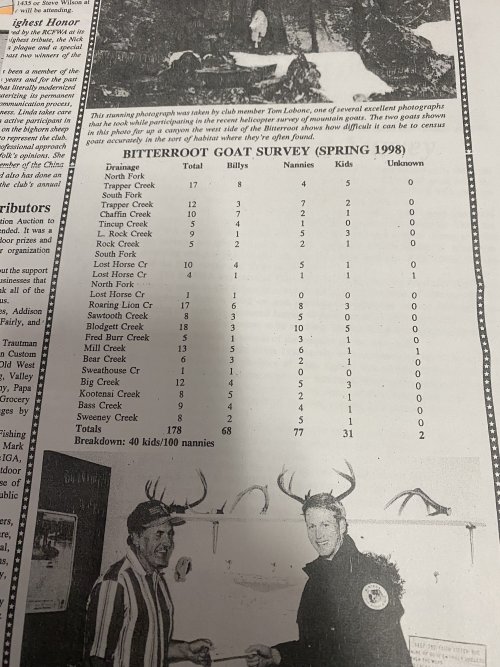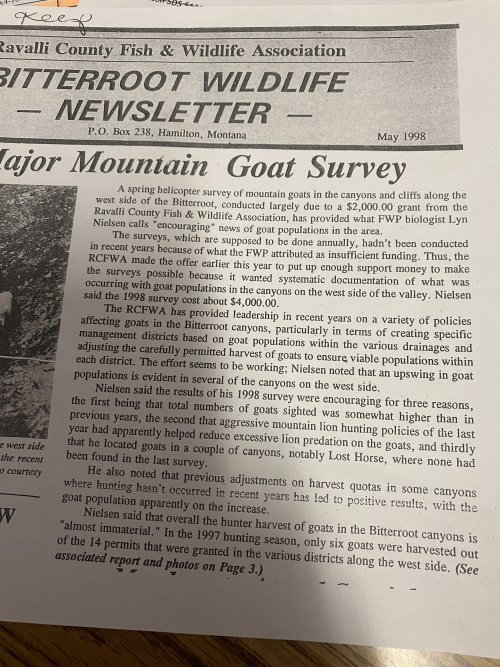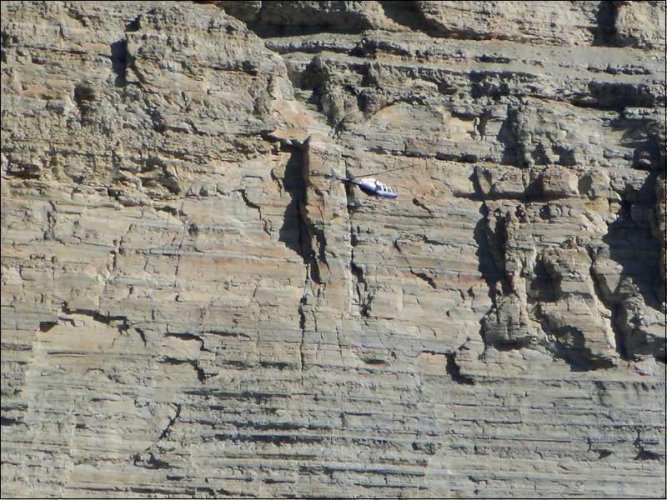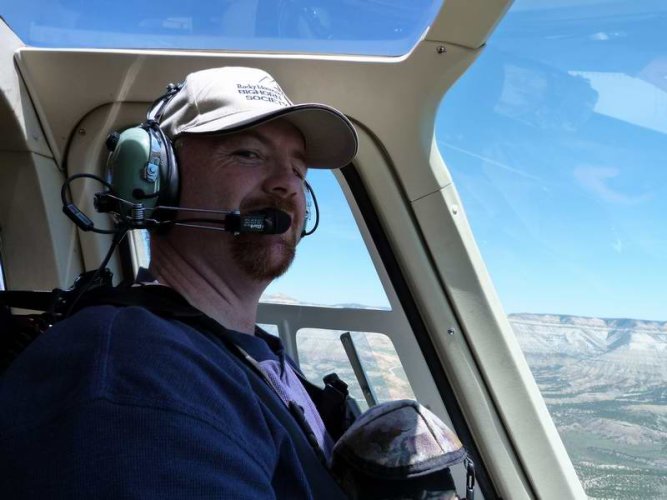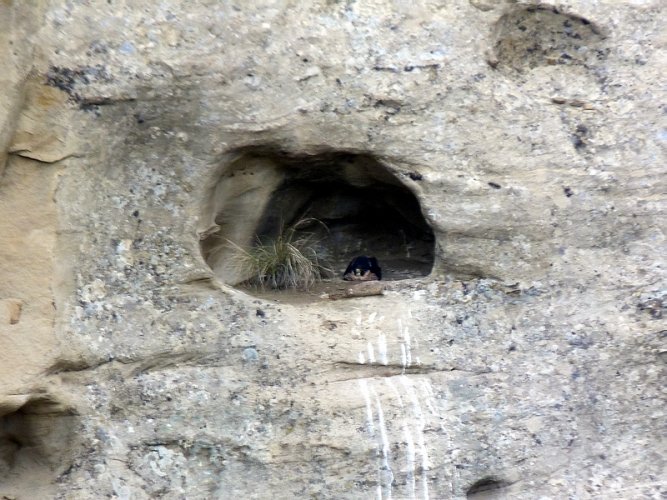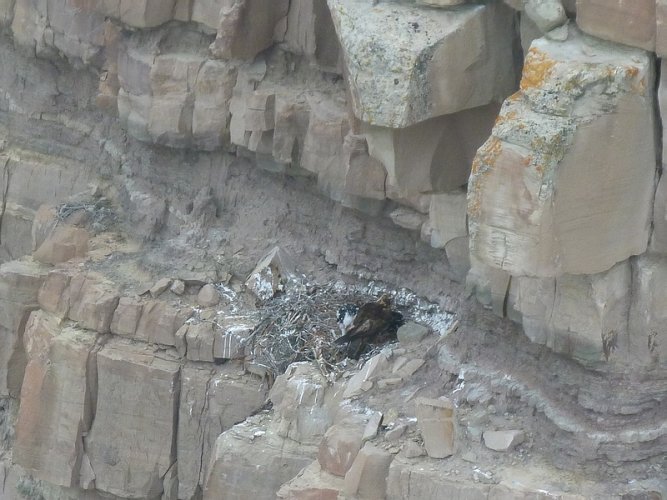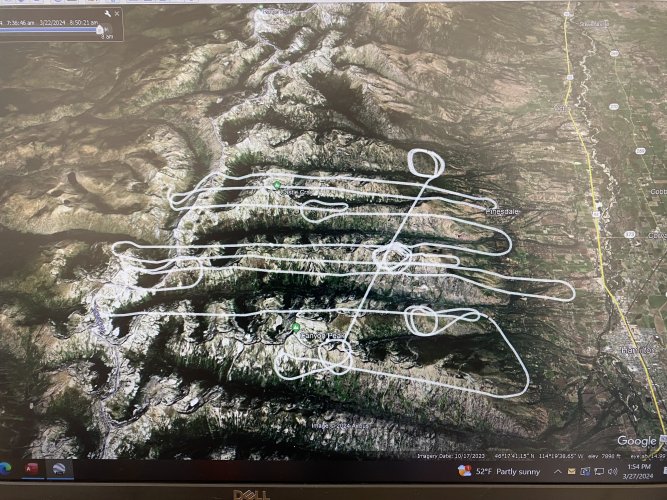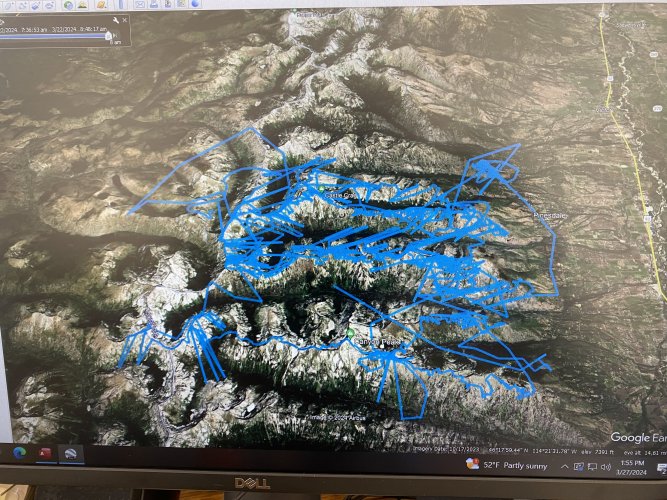T
tjones
Guest
Ravalli County Fish & Wildlife Association
9h ·RCFWA ‘ADOPT THE BITTERROOT GOATS’ INITIATIVE 2024
In addition to our other projects dedicated to conserving wildlife & public access in the Bitterroot, RCFWA has a long history of supporting mountain goat management in the Bitterroot Range.
Because of the steep terrain in the Bitterroot drainages, getting an accurate count with eyeballs in a helicopter or hiking in from the trails is tricky. These projects are expensive, and funding is always a challenge. The last complete survey of Bitterroot drainages was done in 2015, almost 10 years ago. FWP biologists have conducted sporadic and scaled down goat surveys since 2015.
RCFWA members are excited to sponsor a new somewhat experimental method - Aerial Infrared camera technology from a fixed winged aircraft operated by Owyhee Aerial Wildlife Research out of Idaho. Using thermal signatures has been used effectively on a wide range of other species. Hopefully this technique will give us a new and safer way to count goats.
To find out more about infrared technology & see actual video of how it works, visit: https://www.owyheeair.com/air-wildlife-surveys/
We've committed $8,000 toward this survey effort for spring 2024, working closely with MPG Ranch and MFWP. The survey will include 3 adjacent drainages in the Bitterroot Range. This initial survey will consume much of the allotted $8,000. If this technique proves effective, we will use the balance of our contribution, along with new donations as seed money to help fund a survey of the entire Bitterroot range.
Your support is vital to meet our goals and is greatly appreciated. We want to keep effective, consistent goat surveys funded going forward whether using new technologies or previous methods.
More information on past surveys and the new technology will be available at our upcoming Auction to Benefit Wildlife on February 24, 2024, at the Ravalli County Fairgrounds event center.
Tickets are $60 each and must be purchased in advance. Tickets are available at the Bitterroot Trading Post in Hamilton, Victor Liquor in Victor, or call Fred at 406-369-1150 or Linda 406-381-9641




